What Are the 3 Main Types of Site Remediation?
September 20, 2022
Site remediation can save land from commercial, industrial, manufacturing, and mining activities. It involves restoring your land to its former glory through detection, assessment, investigation, and site cleanup. The good news is that many people appreciate the importance of site remediation in conserving the environment. According to IBISWorld, roughly 87,172 people in the U.S. work in the Remediation and Environmental Cleanup Services industry.
Although each site remediation firm undertakes varying projects, they all converge into three main types of site remediation: soil, water, and sediment. Each type serves a particular purpose, but they all help to improve the conditions of many polluted sites. Let's take a look at these types of site remediation.
1. Soil Remediation
Because of its bountifulness, soil is one of the most affected environmental materials. When environmental soil remediation services perform their job, they cover all processes and techniques used to remove soil contaminants, including heavy metals, radioactive materials, and pesticides. Before choosing a remedial process, the site remediation
company will look at the contaminant to determine if it's thermal, chemical, biological, or physical.
Some places where soil remediation happens are open-pit mines, quarries, opencast coal mines, mining heaps, and mining terrain. The nature of the previous activity on the land and soil determines if site remediation is to begin. When it does, the particular site undergoes a diagnostic assessment with the following stages: preliminary site assessment, comprehensive site assessment, and implementation of remedial measures.
2. Water Remediation
Water is a key resource because living systems and organisms highly depend on it. With the rise of industrial effluent discharge, there has been a need to remediate groundwater and surface water. Groundwater often suffers from contaminants like selenium, iron, and arsenic, while surface water may be vulnerable to acid mine drainage, agricultural waste, and animal waste.
Site remediation companies use techniques to restore groundwater and surface water, including pumping and interceptor systems. You can also use biodegradation and in situ treatments to restore health to the water or even use groundwater barrier systems.
3. Sediment Remediation
When people mention sediment remediation, they discuss mixed soil, hydrated oxides, clay, and organic matter. Site remediation for such material uses its physical and chemical properties and other technologies, such as in situ and ex situ remediation. Those processes focus on treatments like capping, stabilization, solidification, oxidation, and incineration.
If you need site remediation services, talk to our reputable company, which will assess the area and identify the type of remediation you need. Contact Anco Environmental Services Inc today to ensure that your lands can become useful and functional again.


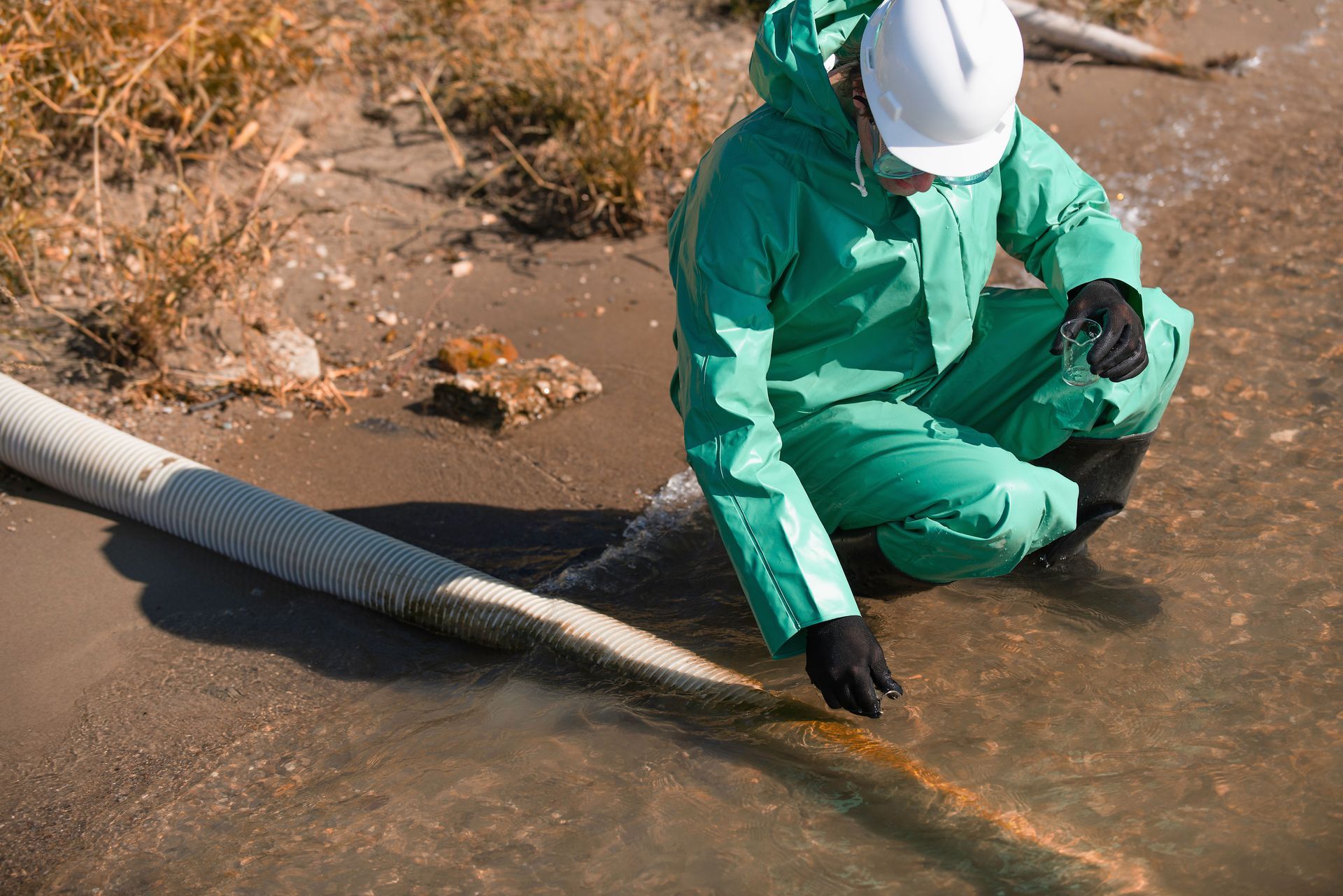
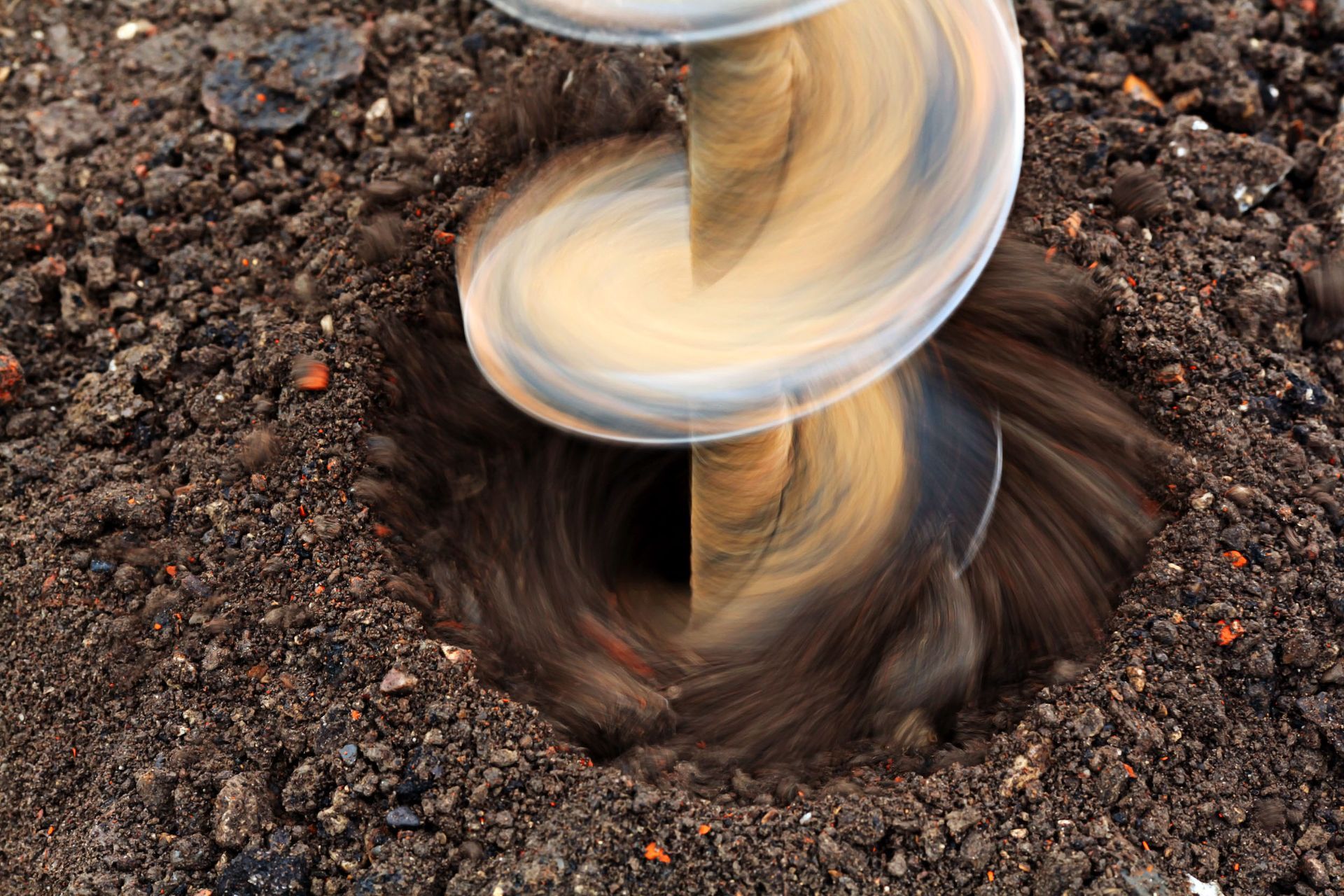

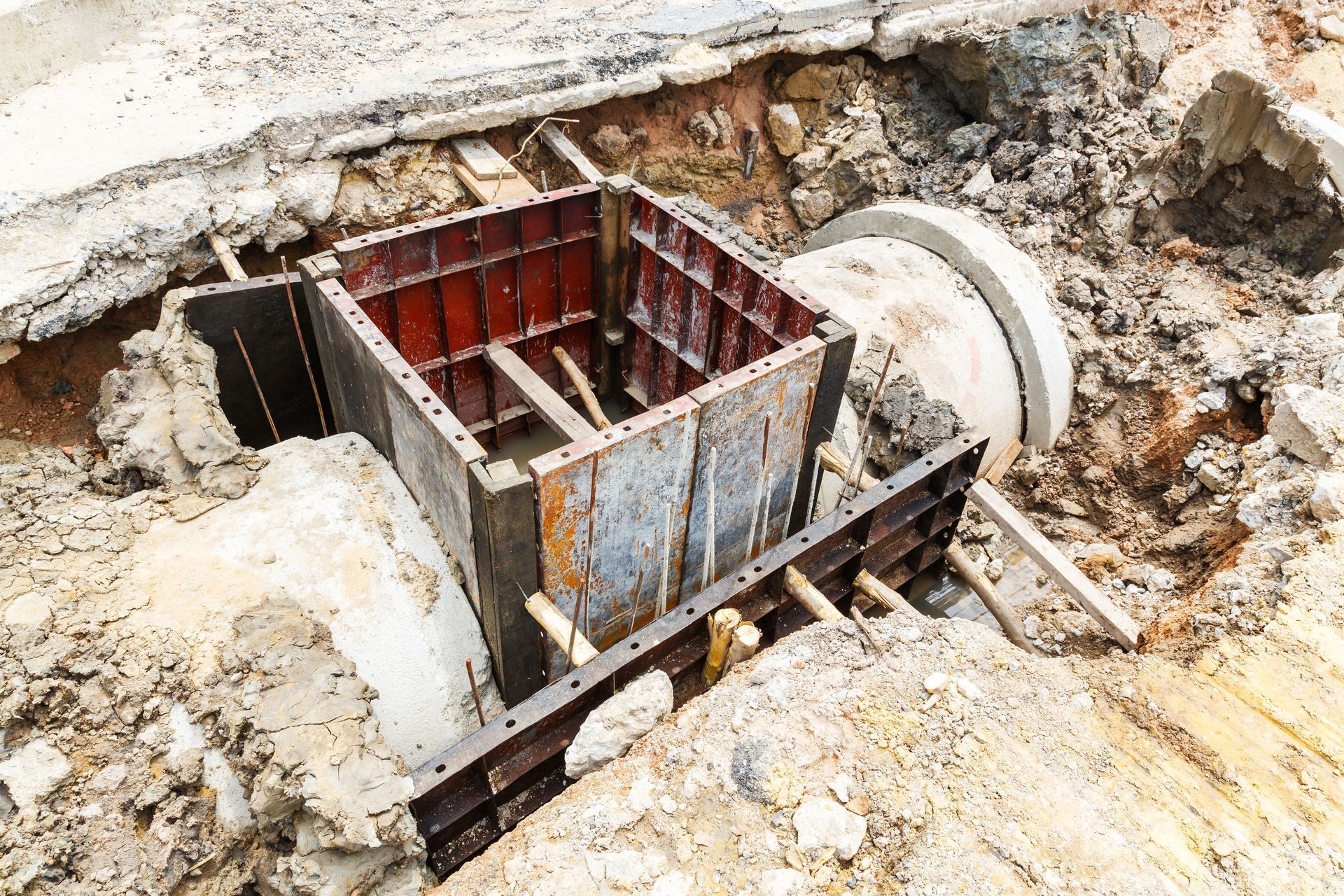
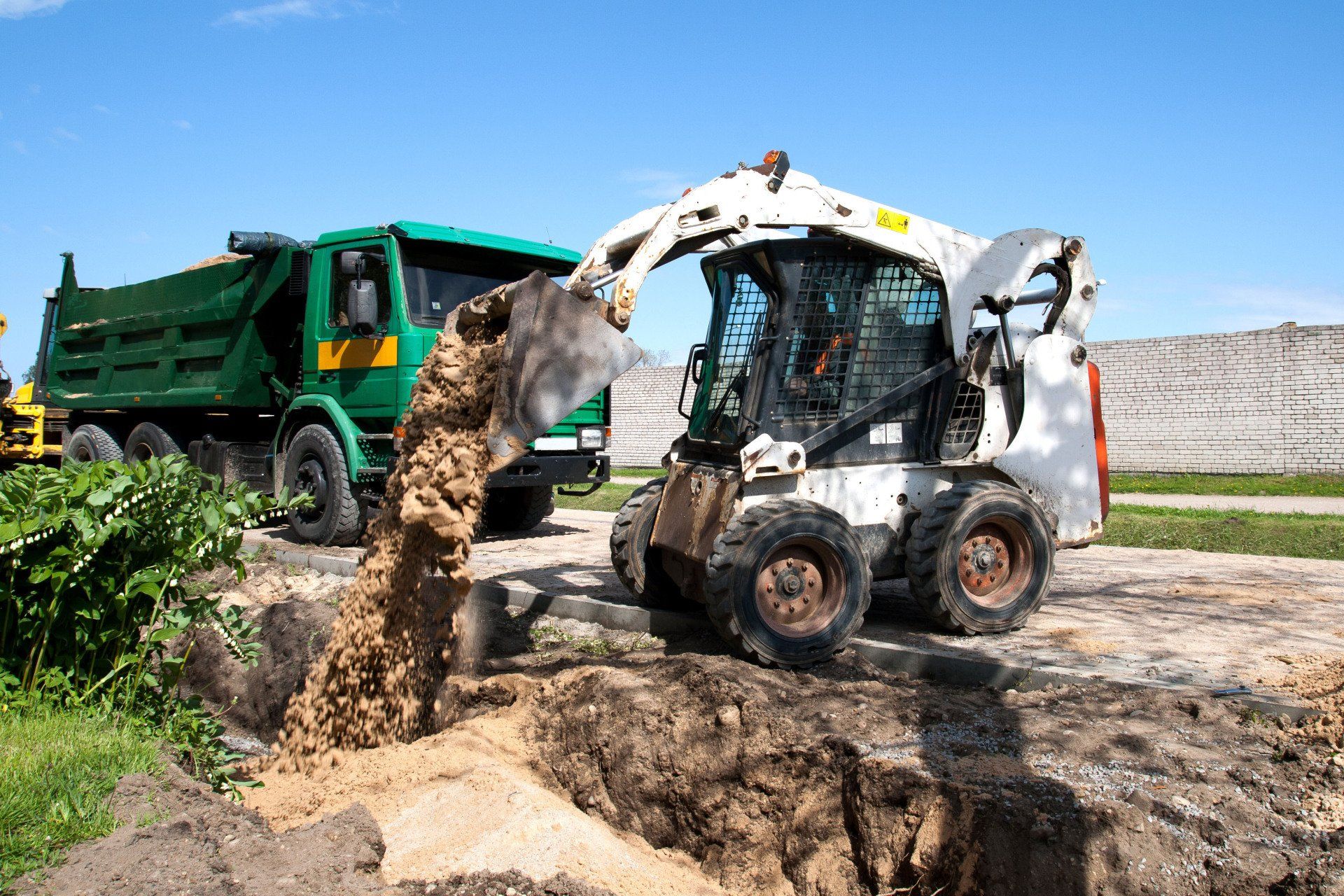
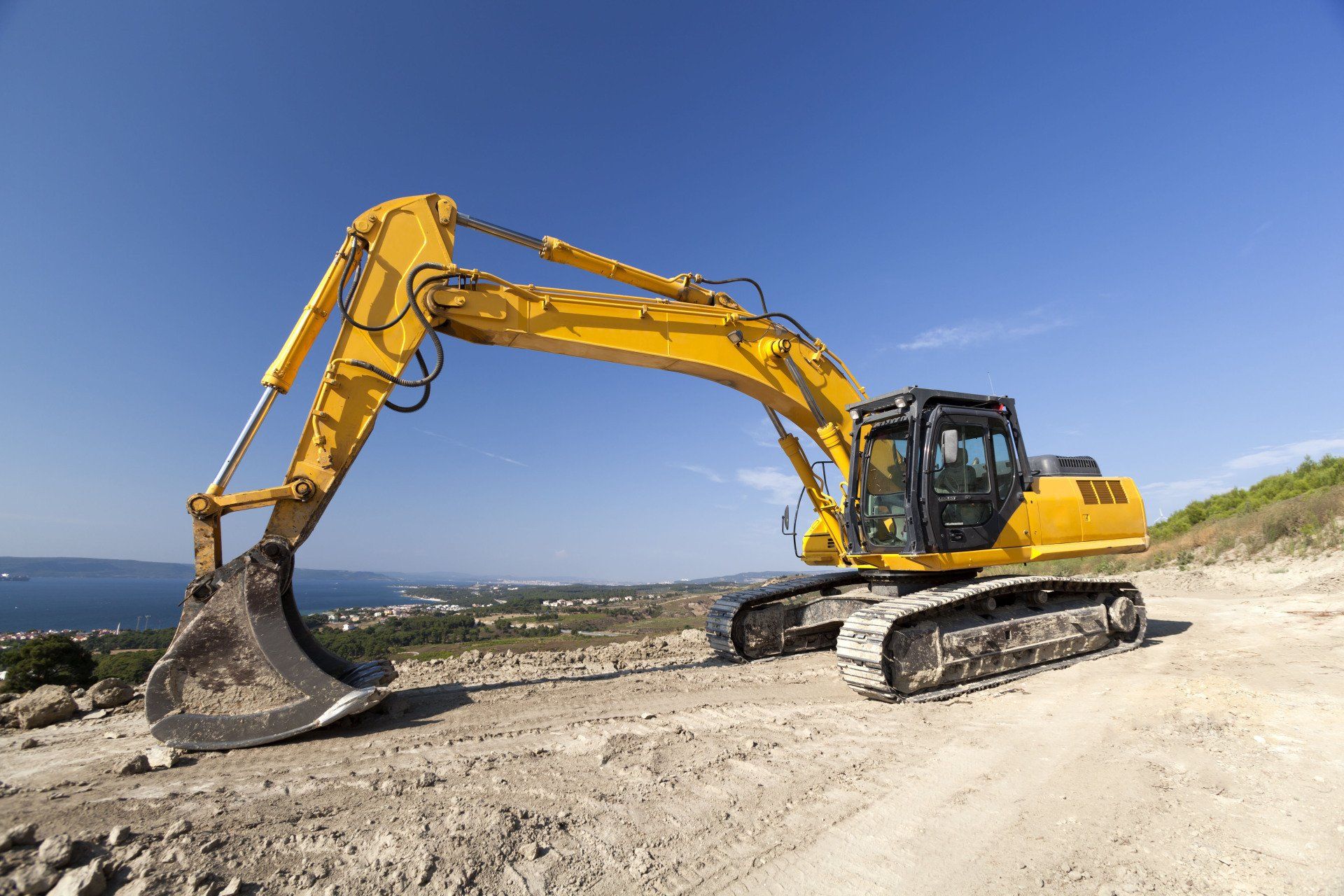

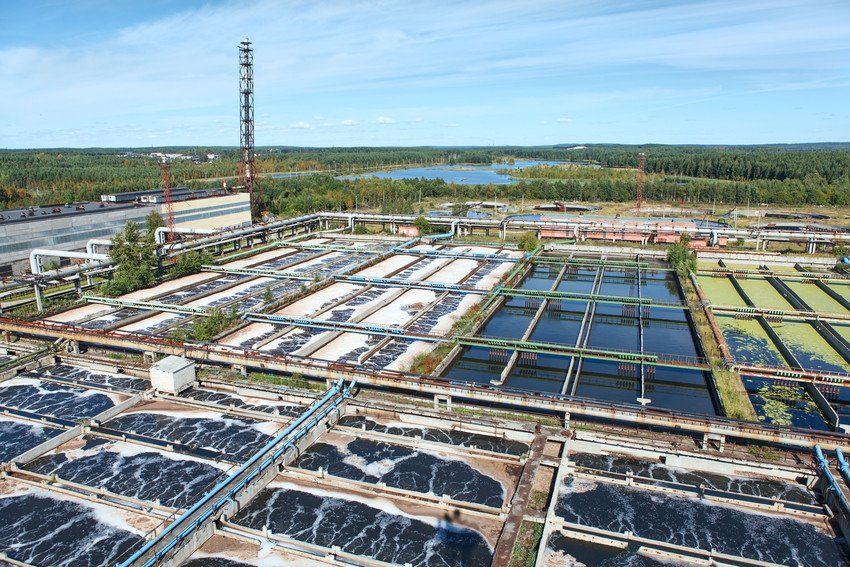

Share On: